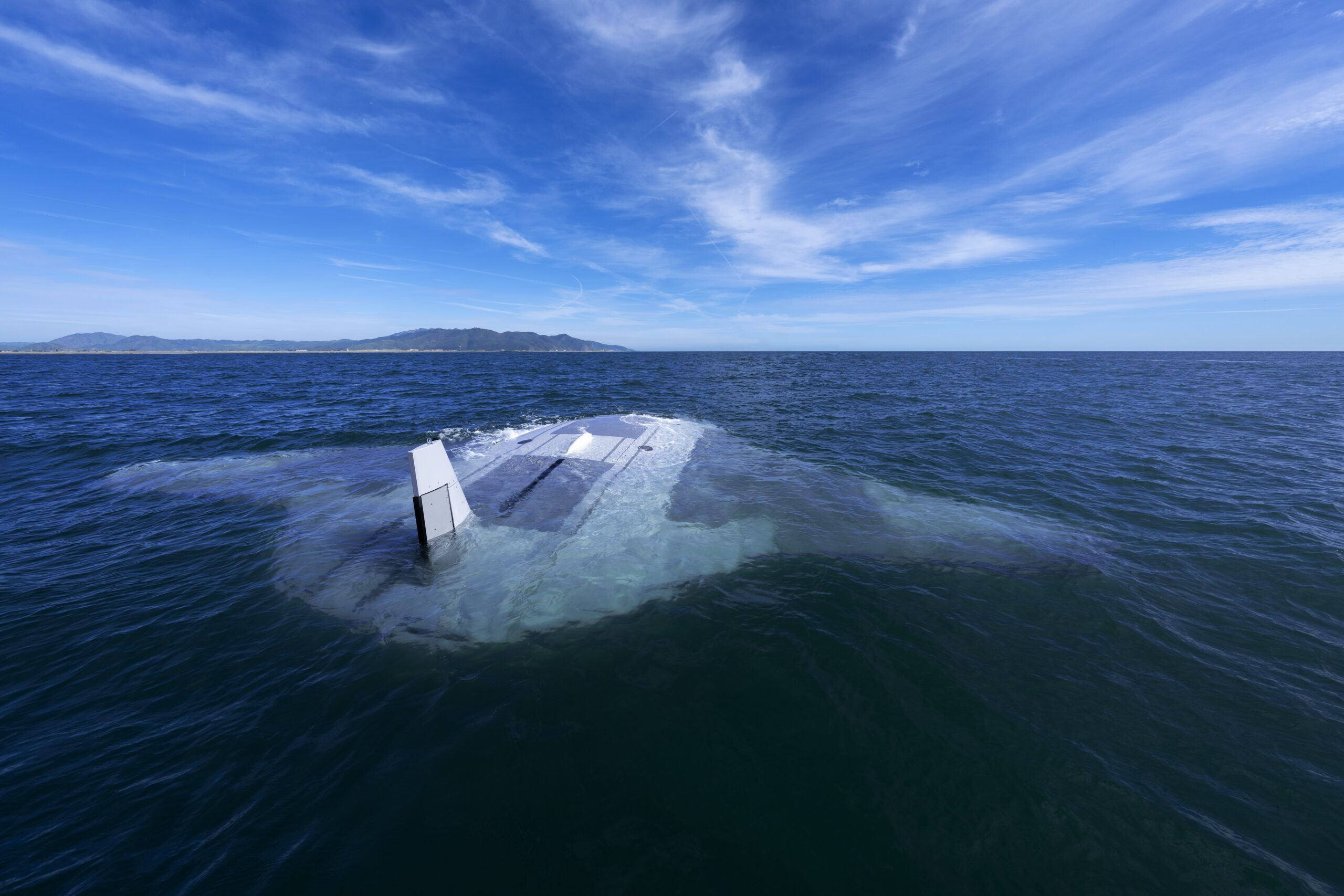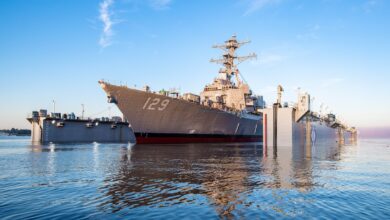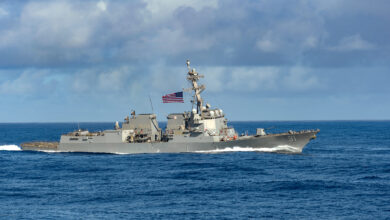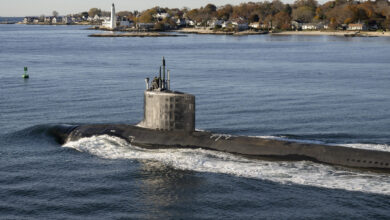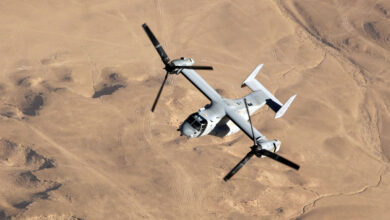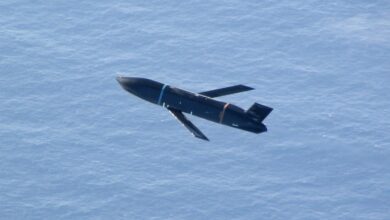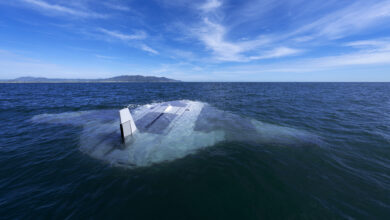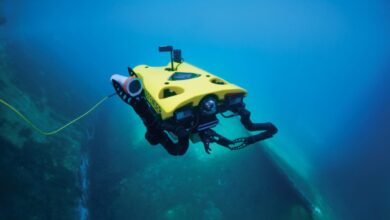Northrop’s Manta Ray Undersea Drone Completes In-Water Test
Northrop Grumman’s Manta Ray uncrewed underwater vehicle (UUV) prototype has completed in-water testing off the California coast.
The two-month test included “submerged operations using all the vehicle’s modes of propulsion and steering: buoyancy, propellers, and control surfaces,” the Defense Advanced Research Projects Agency (DARPA) said.
Northrop shipped the prototype in subsections from Maryland for the test, displaying ease of transport and assembly without taking up space at pier or naval facilities.

Ready for ‘Real-World Ops’
“Our successful, full-scale Manta Ray testing validates the vehicle’s readiness to advance toward real-world operations after being rapidly assembled in the field from modular subsections,” DARPA program manager for Manta Ray Kyle Woerner said.
“The combination of cross-country modular transportation, in-field assembly, and subsequent deployment demonstrates a first-of-a-kind capability for an extra-large UUV.”

The Manta Ray
The long-range, long-duration vessel is designed for “buoyancy-driven gliding to move through the water” and features multiple payload bays to support a variety of missions.
For energy conservation, it is equipped with a technology that “extracts energy from the ocean’s thermal gradient and converts it into electricity.”
According to Northrop, the vessel can lie anchored to the “seafloor and hibernate in a low-power state.”
Meanwhile, competitor PacMar Technologies is developing its own Manta Ray prototype and is testing its full-scale energy harvesting system in 2024, according to DARPA.
The Hawaii-based firm splash-tested a scaled prototype in September last year.

